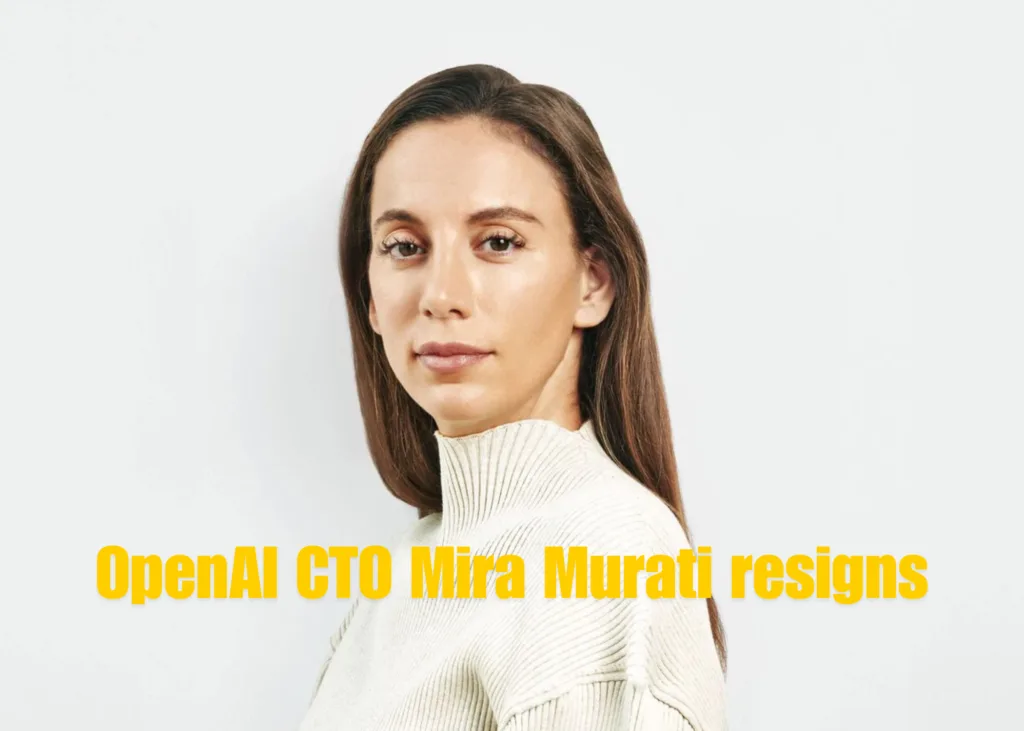After over six and a half years of leading some of the most groundbreaking AI developments at OpenAI, Mira has announced her departure. Her decision marks the end of an era for OpenAI and the beginning of new possibilities in both her personal and professional journey. Mira’s leadership was instrumental in shaping OpenAI’s trajectory in areas like speech-to-speech AI and safety research, positioning the organization as a global leader in artificial intelligence.
In an emotional yet forward-looking message, Mira shared her gratitude for the opportunity to contribute to OpenAI’s technical innovation. She reflected on the company’s remarkable progress in AI research, which she attributes to a collaborative team effort. “Together, we pushed the boundaries of scientific understanding in our quest to improve human well-being,” she said, acknowledging the collective achievements that defined her time at OpenAI.
Must read: The AI Whisperer: OpenAI’s Mira Murati Hints at GPT-5’s PhD-Level Potential
Mira played a pivotal role in steering OpenAI through critical developments. Under her leadership, the organization launched revolutionary AI systems that have reshaped how machines understand and interact with humans. One of the most notable breakthroughs was the release of OpenAI’s speech-to-speech model, which marked a new era of interaction and communication. This innovation has brought AI-powered speech recognition and translation to new heights, making communication across languages more seamless and natural.
Additionally, Mira was at the forefront of advancing AI safety, ensuring that OpenAI’s models were robust, aligned, and steerable. The organization’s safety research transitioned from theoretical frameworks to practical applications during her tenure, with a strong focus on creating technology that could evolve based on human input. This work has contributed to making AI more intuitive, accessible, and reliable—a core part of OpenAI’s mission to build beneficial AI for everyone.
Despite these advancements, Mira’s decision to step away comes from a deeply personal place. She expressed a desire to create time and space for her own exploration, both professionally and personally. “There’s never an ideal time to step away from a place one cherishes, yet this moment feels right,” she noted in her farewell message. Her priority now is ensuring a smooth transition as she steps away from her leadership role, leaving OpenAI on a strong and upward trajectory.
Her departure has sparked conversations within the industry, as many look forward to seeing what comes next for both Mira and OpenAI. Her leadership has been a guiding force behind the company’s success, and her contributions have had a lasting impact on AI’s rapid evolution in recent years.
Conclusion:
Mira’s exit from OpenAI signifies the end of a significant chapter in the company’s history, but it also opens doors to new possibilities—both for her personal growth and for the continued success of OpenAI. As she embarks on her new journey, one thing remains clear: her influence on AI, particularly in speech models and safety research, will be felt for years to come.
Her contributions have helped position OpenAI as a global leader in AI innovation, and the foundations she helped lay will continue to drive the industry forward. While the future holds new adventures for Mira, her legacy within the AI community is indelible, and her departure serves as a reminder of the human element behind the technology shaping our world.

